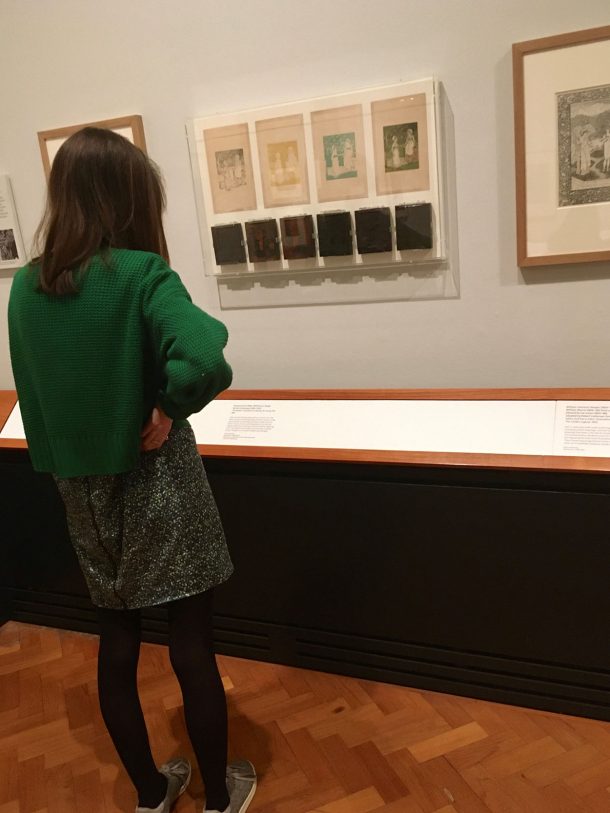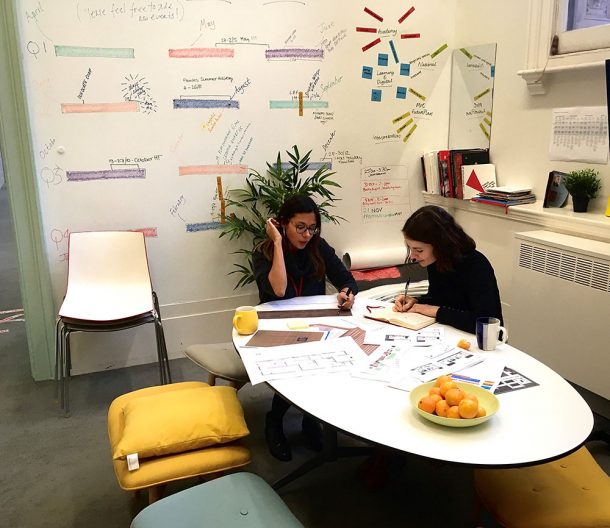Re-vamped V&A gallery text writing guidelines
Have you ever wondered how the text you read in a museum is created? We in the V&A Interpretation team are here to talk about just that, and share our updated gallery text guidelines with you.
Interpretation includes – but goes far beyond – labels, telling stories across media that invite touch, action, analysis and wonder. But for many visitors, written words are the bedrock of their experience. Text panels and labels are the main way they access the meaning and stories of our collection.
At the V&A creating gallery text is a lively and collaborative process between curators and editors. We are not producing books or novels, we are writing for a specific environment in the galleries (be they temporary or permanent displays). We work to distill stories to their essence for visitors, and have developed guidelines with ten top tips that outline how to do this. These take into account our audience’s needs and the constraints of our displays to create the most effective and impactful means of text communication.

What are the factors that inform gallery text?
- It’s read by many different visitors with diverse needs.
- It’s usually read standing up (gallery fatigue is real!). The average visit to the V&A is over two hours.
- It’s often read in a social situation with surrounding noise, crowds and announcements that compete for attention (not to mention some objects to look at).
- It tells a story using both objects and words – the text only exists in dialogue with what it is explaining.
Because of these factors, we have to ensure gallery text is not a book on the wall.
We consider tone, language and structure to create concise labels and panels that communicate expert knowledge quickly and accessibly.
The guidelines were first written in 2007 and have informed our work ever since, but in 2018 we took an opportunity to update them to reflect the V&A’s revitalised brand aims – as well as developments in our thinking over the years around writing good text.

The V&A endeavours to offer inspiring and inviting experiences that intrigue and illuminate, using a tone of voice that is short and snappy, active, and written as we speak. We also strive to ensure our experiences are user-centred by embedding audience research and consultation into their development. To ensure that our gallery text aligned with this, the Interpretation team workshopped how the museum’s brand tone of voice would work on the ground, and applied everything we know from research about what makes effective text for visitors.
We reordered the ten points and added detail about how best to plan and structure written interpretation to create a cohesive and accessible narrative within the visitor journey. Finally, understanding that visual communication is as important as words in telling stories, we commissioned Kathrin Jacobsen to design and illustrate the guidelines.
A summary of the updated ten points is below and you can download the guidelines here.
Please have a read and let us know what you think. It would be great to hear your own experiences of what makes successful gallery and exhibition text. And, if you want to learn more, the V&A Academy runs regular courses on writing effective gallery text.
1. Know your audience
Find out who you are talking to and craft your communication to fit.
2. Write as you would speak
Invite your reader in with warm and spontaneous text that is lively and easy to understand.
3. Be active not passive
Use active phrases that explain information with energy and immediacy to hold your readers’ attention.
4. Keep it short and snappy
Get your key messages across with concise word counts that do not overwhelm or turn readers away.
5. Organise your information
Set out your story in easily accessible layers that communicate message, topic and theme.
6. Engage with the object
Inspire readers by highlighting otherwise hidden elements and inviting them to look.
7. Bring in the human element
Spark connections by revealing relevance.
8. Sketch in the background
Make sure you are telling the whole story, not a narrow slice that requires specialist knowledge.
9. Admit uncertainty
Get your readers involved and prompt thinking by being honest about what is still unknown.
10. Remember Orwell’s Six Rules
Distil, distil, distil. And have fun!


